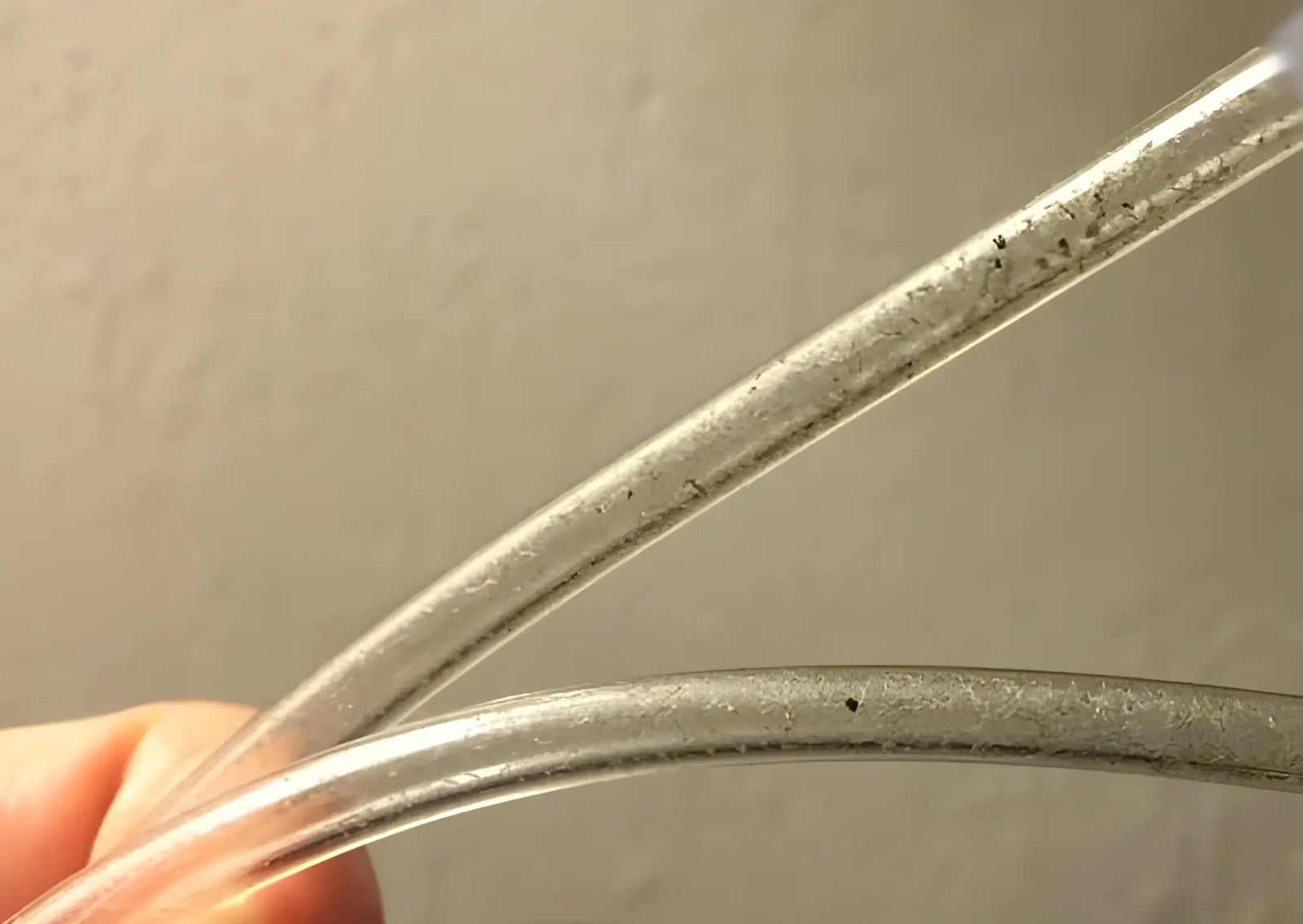Published:
To nursing moms, breast milk is liquid gold. Every ounce of expressed breast milk stored in the freezer represents time, effort, and dedication to providing your own milk for your baby, even when you can’t be around. So imagine the distress of discovering that your breast pumping equipment has grown mold, potentially jeopardizing your entire stash! 
Keep Mold Out of Your Milk
The best way to combat mold on breast pump equipment is to prevent it from developing in the first place. When you’re comparing options for a breast pump, check the flange (the funnel-shaped part that comes into contact with your breast). There should be a protective barrier where it connects with the tubing. Pumps without this feature carry extra risk for milk and moisture to get into the tubes and create a breeding ground for mold.

Not only do Ameda pumps include barriers, but the closed system in Ameda’s HygieniKit is the only one cleared by the FDA. The system protects the kit tubing, the pump, and--most importantly--your milk from contaminants like bacteria and viruses. The two-way block is an important feature to keep your milk pure and limit the risk of transferring harmful germs to your baby.
What to Do If You Discover Mold in Your Breast Pump Kit
- Call your lactation consultant or pediatrician. Ask if there is a way to sanitize your milk so it’s still safe to give to your baby. They may recommend you scald the milk first but say you don’t need to toss your stash.
- Replace contaminated pump parts. It may be difficult to sanitize moldy pump parts to your satisfaction. Better just to get a fresh start with clean equipment.
- Commit to a thorough cleaning routine. It’s understandably hard to take on a lot of chores when you’re parents of a newborn. No one will care if you don’t vacuum, but cleaning your breast pump kit is one area where it’s important to be diligent.
- Don’t beat yourself up. All new parents make mistakes. The important thing is making sure you and your baby are okay.
How to Clean the HygieniKit Milk Collection System
Before Every Use: Always wash your hands well with soap and water before handling the Ameda HygieniKit Milk Collection System or any other pumping products. Take apart your kit for cleaning.- Rinse any milk residue from pump parts with cool water.
- Wash all parts - except tubing, adapter cap, and tubing adapter - in warm, soapy water.
- Rinse well with warm, clean water.
- Allow parts to air dry on a clean towel or drying rack before assembly and next use.
- Cover parts with clean towel if you are not planning to use them again right away. Breast flanges and bottles can be washed on the upper rack of a standard household dishwasher away from heating elements. Wash the diaphragms and valves gently by hand. Do not insert anything into valve while cleaning.
DISCLAIMER: Ameda strives to present you with accurate and useful breastfeeding information. This article may contain information and ideas that are not necessarily the views of Ameda. It does not constitute medical advice. If you have any questions please contact your healthcare professional.












